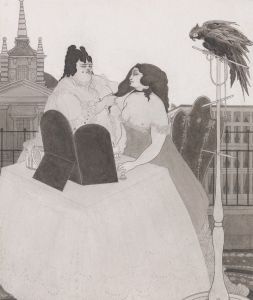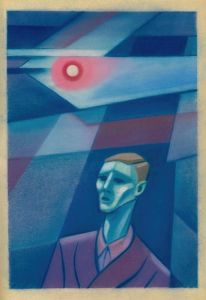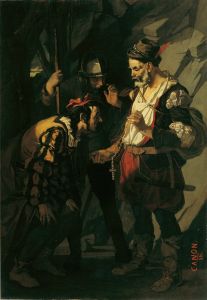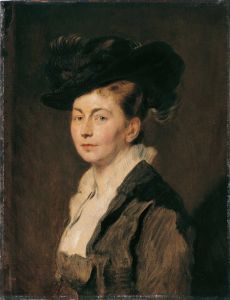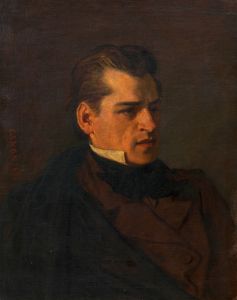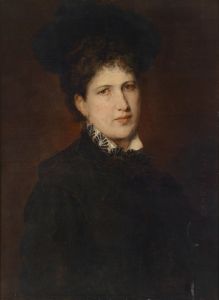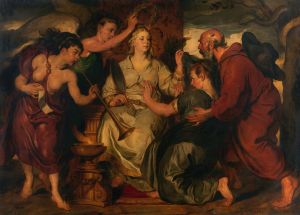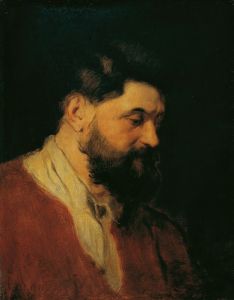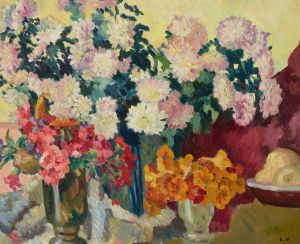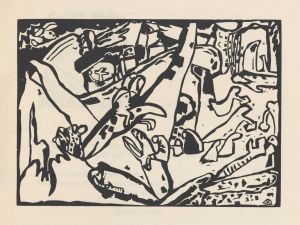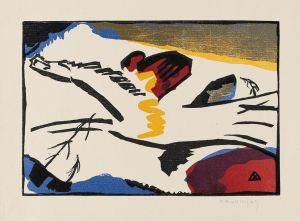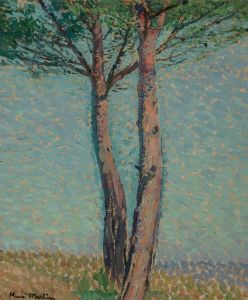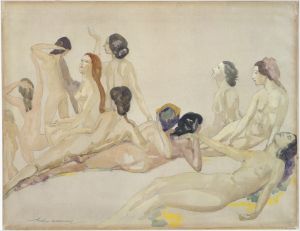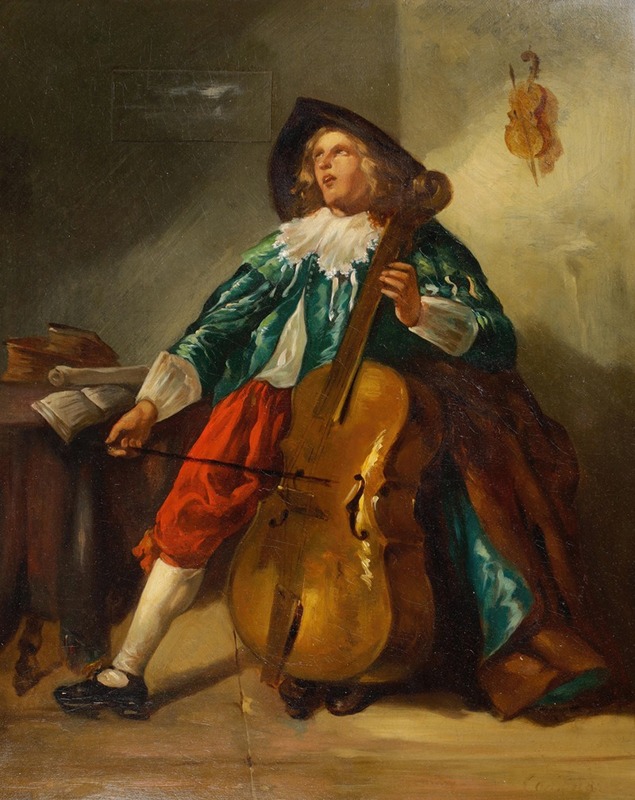
Das Solo
A hand-painted replica of Hans Canon’s masterpiece Das Solo, meticulously crafted by professional artists to capture the true essence of the original. Each piece is created with museum-quality canvas and rare mineral pigments, carefully painted by experienced artists with delicate brushstrokes and rich, layered colors to perfectly recreate the texture of the original artwork. Unlike machine-printed reproductions, this hand-painted version brings the painting to life, infused with the artist’s emotions and skill in every stroke. Whether for personal collection or home decoration, it instantly elevates the artistic atmosphere of any space.
Hans Canon, an Austrian painter known for his historical and genre scenes, created the painting "Das Solo" in the 19th century. Canon, whose real name was Johann Baptist Strašiřipka, was born on March 15, 1829, in Vienna, Austria, and became one of the notable artists of his time. He was particularly recognized for his ability to capture the essence of his subjects with a blend of realism and romanticism.
"Das Solo," translated as "The Solo," is one of Canon's works that exemplifies his skill in portraying musical themes, a subject he often explored in his paintings. The painting depicts a musician, likely a violinist, performing a solo piece. The focus on a single musician highlights Canon's interest in the emotional and expressive potential of music, a common theme in his oeuvre. The artwork captures the intensity and concentration of the musician, reflecting Canon's ability to convey emotion and narrative through his art.
Hans Canon was part of the Viennese art scene during a period when the city was a hub for cultural and artistic development. His works often reflect the influences of the Biedermeier period, characterized by a focus on the middle class and an interest in intimate, domestic scenes. However, Canon's style also incorporated elements of the academic tradition, which emphasized technical skill and classical themes.
Throughout his career, Canon received numerous commissions for portraits and historical paintings. He was known for his ability to blend historical accuracy with a romanticized view of his subjects, making his works both informative and visually appealing. His attention to detail and mastery of color and composition made him a sought-after artist in Vienna and beyond.
In addition to "Das Solo," Canon's body of work includes several notable paintings, such as "The Entry of Emperor Franz Joseph I into Jerusalem" and "The Apotheosis of Austria," which adorns the ceiling of the Natural History Museum in Vienna. These works demonstrate his versatility and ability to handle large-scale compositions with numerous figures, as well as more intimate scenes like "Das Solo."
Canon's contribution to the art world was recognized during his lifetime, and he was awarded several honors, including the title of court painter. His works remain part of important collections and are displayed in museums and galleries, reflecting his enduring legacy in the art world.
Hans Canon passed away on September 12, 1885, in Vienna, leaving behind a rich legacy of paintings that continue to be appreciated for their artistic merit and historical significance. "Das Solo," like many of his works, captures a moment in time with elegance and emotional depth, showcasing Canon's unique ability to blend realism with romanticism in his portrayal of music and musicians.





